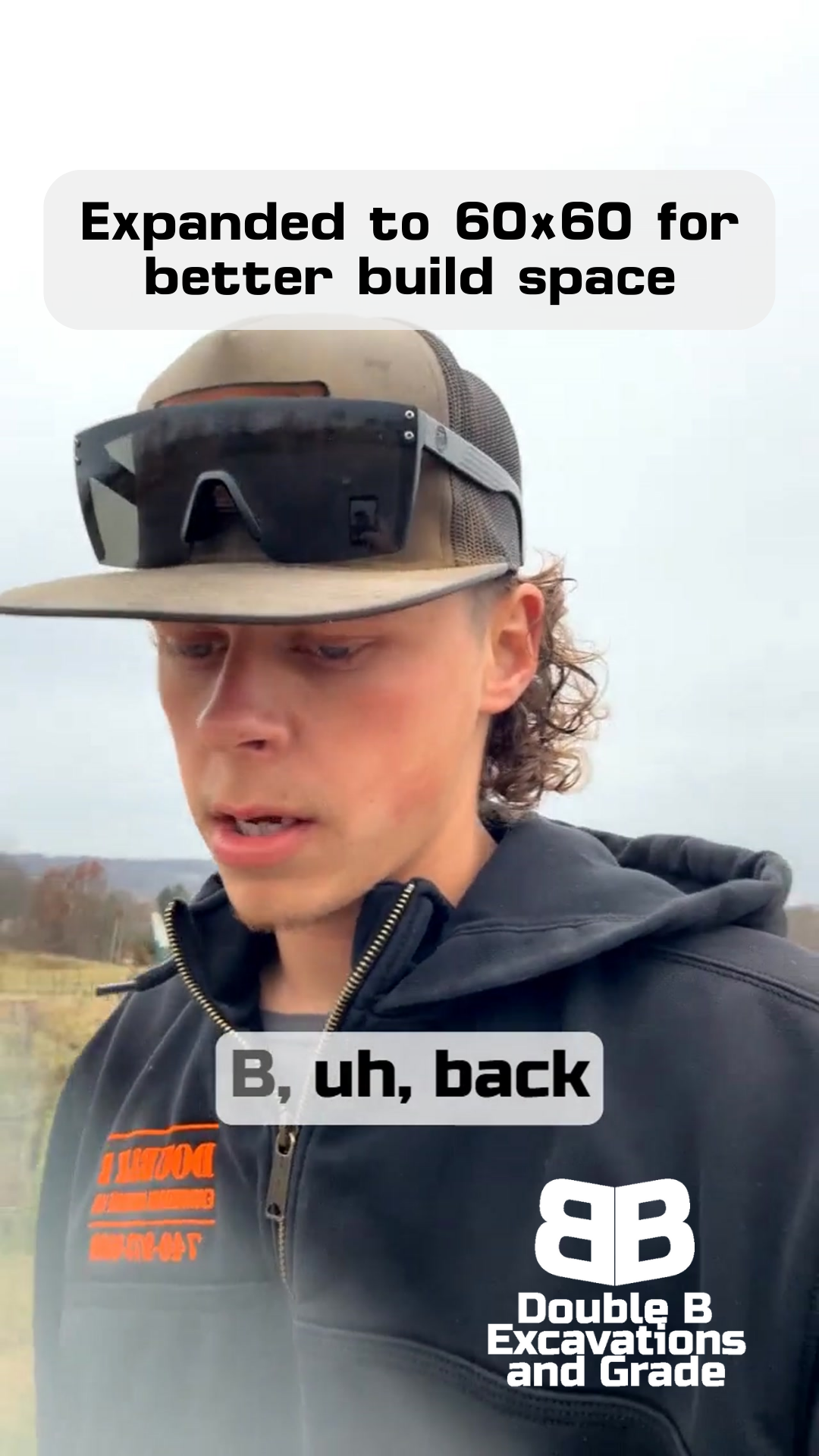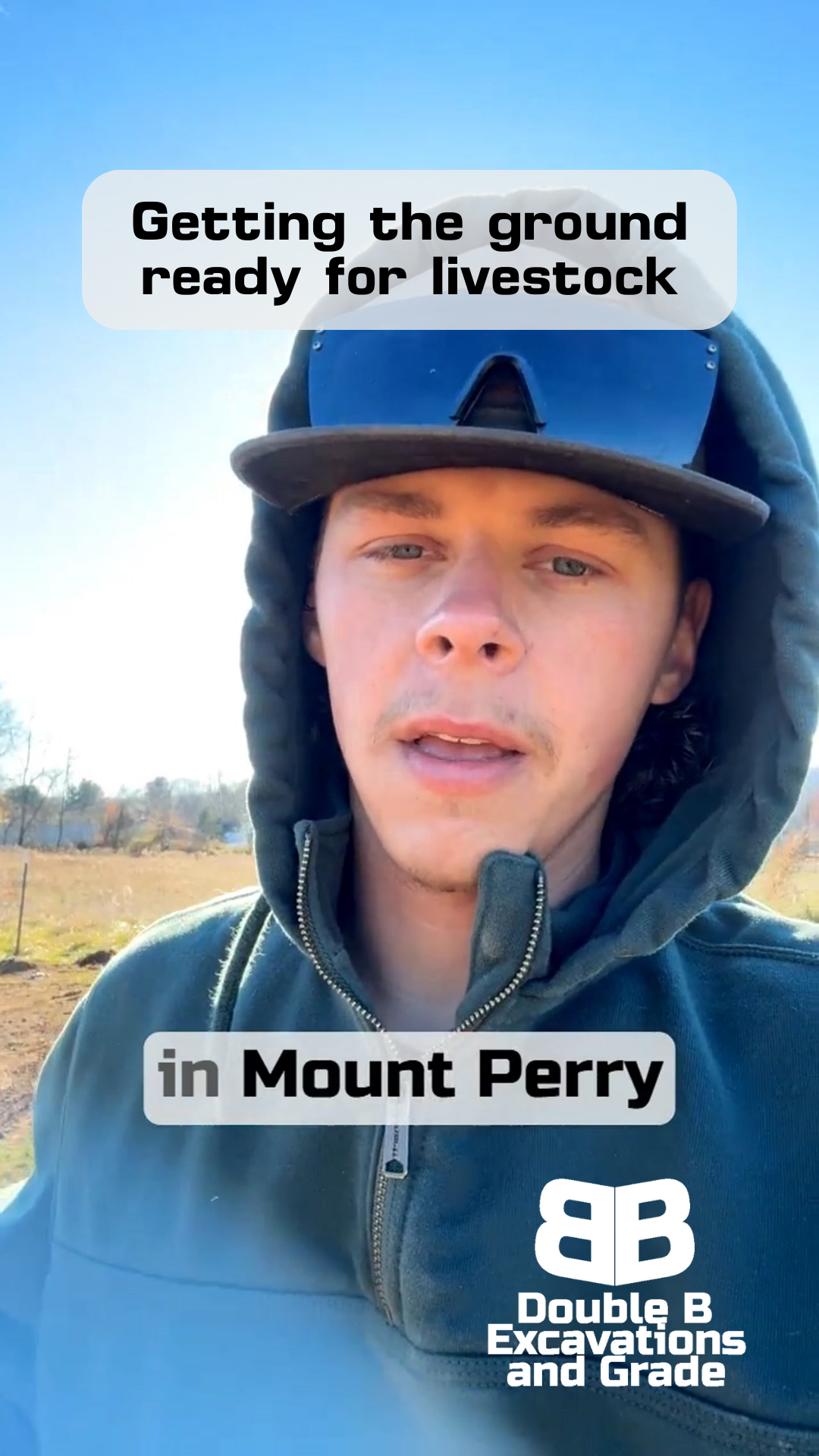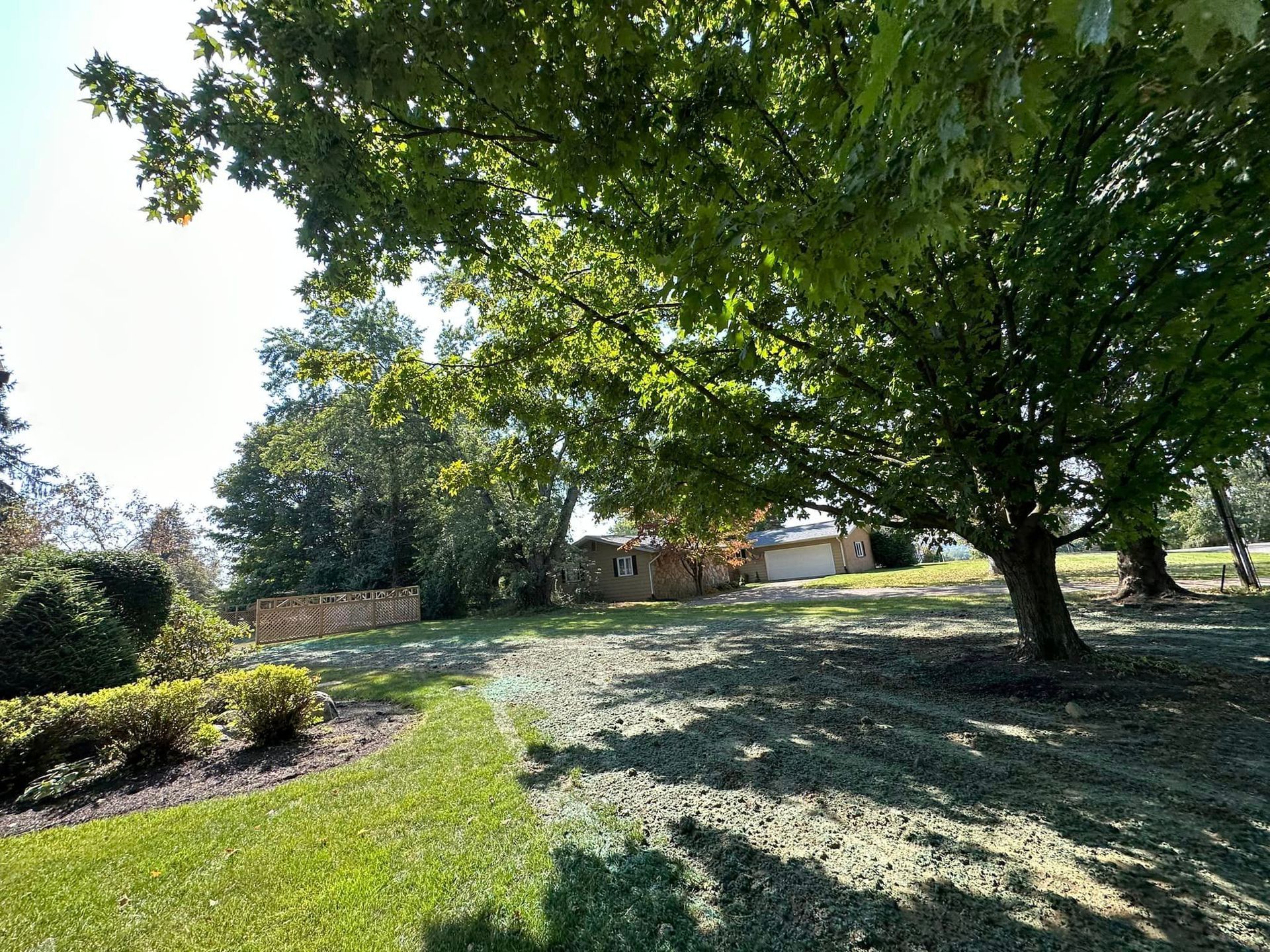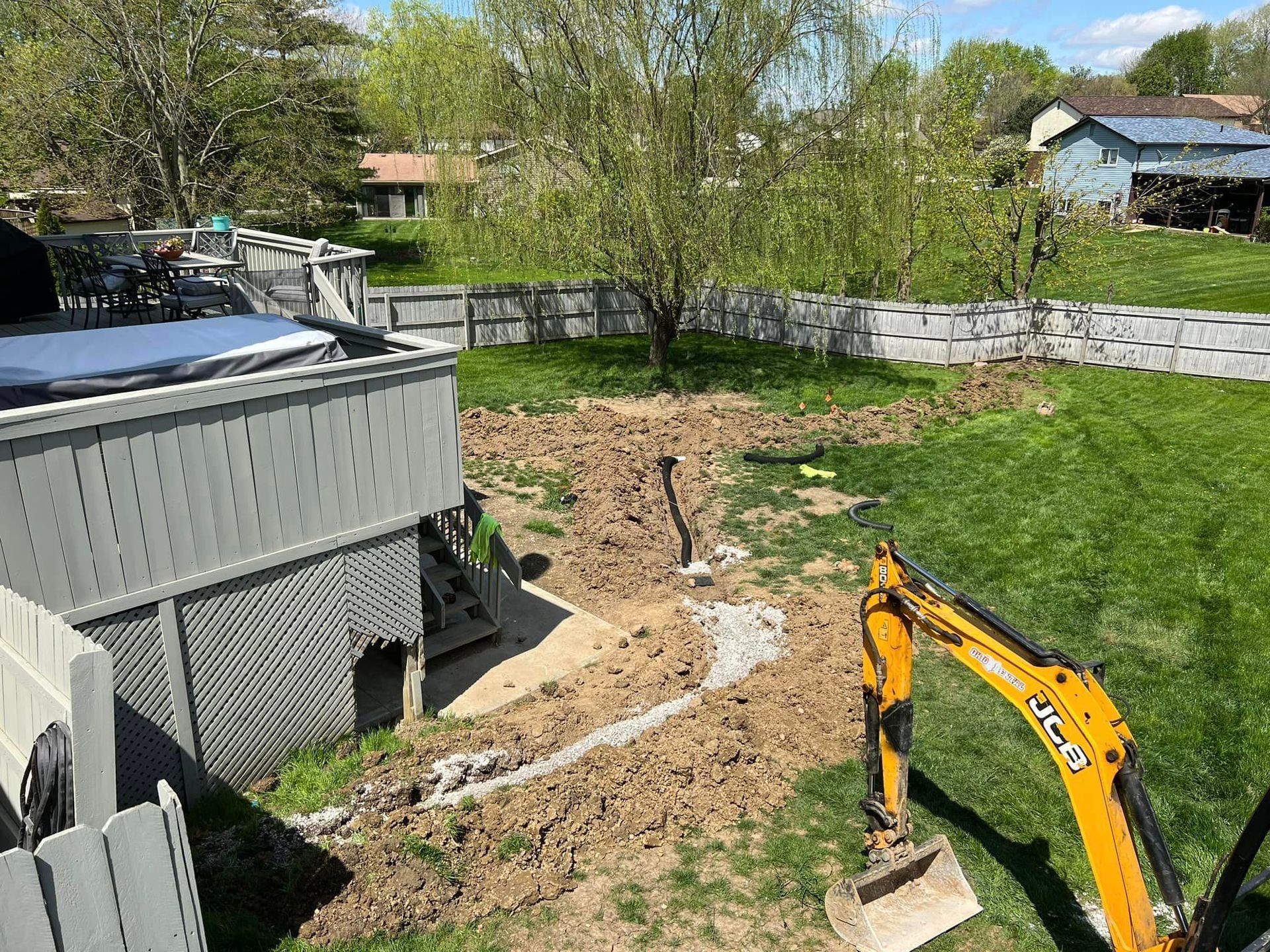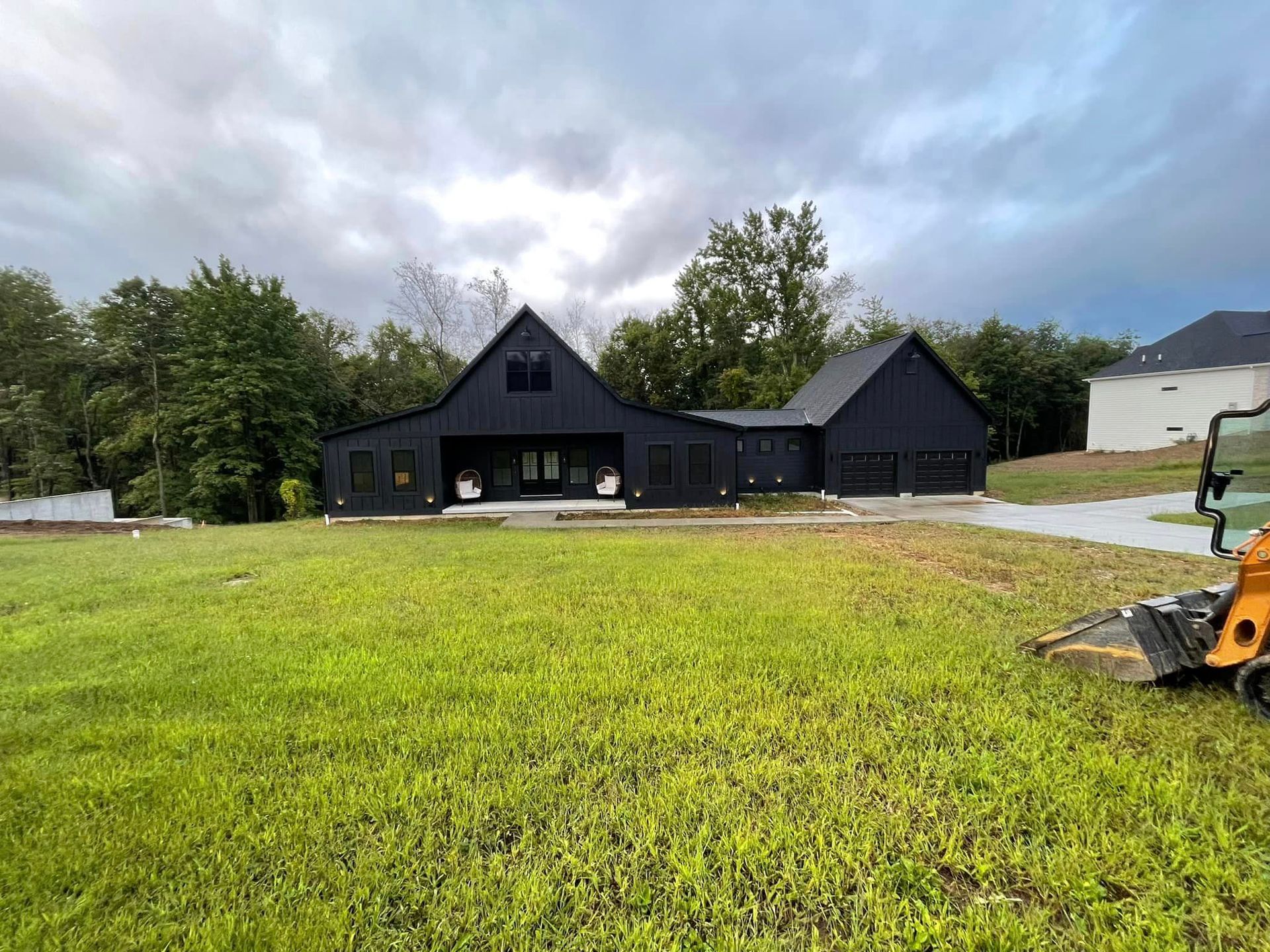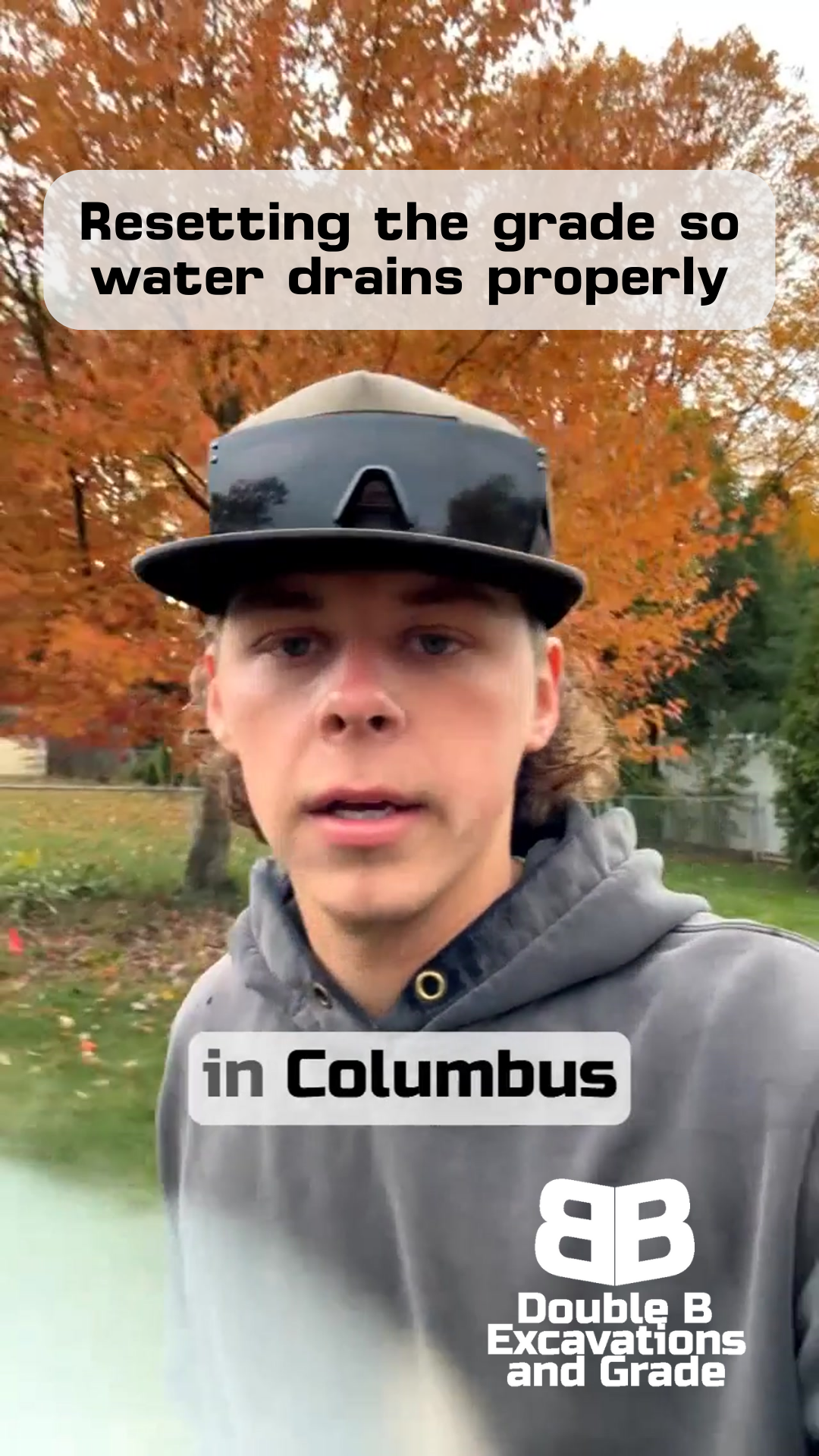Basement Water Problems? Why Your Downspout Location Matters More Than You Think
Double B Excavations & Grade LLC
The Silent Threat to Your Foundation
WHEN YOUR DOWNSPOUTS WORK AGAINST YOU
You might not think much about your downspouts until you're standing in a wet basement.
Just today in Heath, we saw a perfect example of what happens when rainwater dumps directly against basement walls.
It's the kind of problem that starts small but can lead to serious headaches - and serious expenses - down the road.
Here's something we see all too often: homeowners dealing with water issues, not realizing their downspouts are actually working against them.
It's frustrating because this is usually a straightforward fix that could prevent thousands in foundation repairs later.
Welcome to Double B!
Understanding the Problem
Let's talk about what we found in Heath today. The downspouts were doing exactly what they shouldn't - dropping water right against the foundation walls. Every time it rains, that water seeps down and puts pressure on the basement walls. Over time, this constant moisture can crack your foundation, lead to mold, or worse.
What makes a proper drainage system? It's pretty straightforward: water needs to flow away from your house, not pool around it. But getting there isn't always simple. In Heath, we're dealing with some typical challenges - a gas line crossing our path, concrete we need to bore under, and spots that need careful hand digging to get everything just right.
Think about it this way: your downspouts handle thousands of gallons of water every year. If that water's not going to the right place, it's probably going somewhere it shouldn't. And in our experience, that "somewhere" usually ends up being your basement.
The Technical Side Made Simple
Let me break down what goes into fixing a drainage problem like the one we're tackling in Heath. First, we need to think about angles. We're using 45-degree turns in this project - and there's a good reason for that. Sharp 90-degree turns might seem like they'd work, but they actually slow down water flow and can cause clogs. Those 45s keep things moving smooth and steady.
When it comes to depth, we've got different challenges in different spots. Some areas we can trench normally, but others - like where we're working around that gas line - need special attention. That's why we're hand digging certain sections. Sure, it takes longer, but rushing around utilities is never worth the risk. And when we need to get under concrete? That's where boring comes in. It's like threading a needle underground - takes skill and patience, but it's better than tearing up someone's driveway.
Why This Matters to Your Home
Here's the thing about water problems - they never get better on their own. That water hitting your foundation wall isn't just sitting there. It's actively working against you, putting pressure on your walls, saturating the soil, and finding every tiny crack it can to work its way inside. In the winter, it gets even worse. That wet soil freezes and expands, putting even more pressure on your foundation.
The cost difference between fixing drainage issues and repairing foundation damage isn't even close. We're talking about the difference between a few thousand dollars for proper drainage versus tens of thousands for foundation repairs. And that's not counting the headaches of dealing with a wet basement, potential mold issues, and the hit your property value takes when buyers spot water damage.
I've seen basements where improper drainage led to walls literally buckling inward. By the time most people notice issues like that, they're way past the point of simple fixes. That's why projects like this one in Heath are so important - we're stopping those problems before they start.
The Solution Process
When we tackle a drainage project like this Heath job, we start with a thorough look at the whole picture. Before we even think about digging, we need to know where every utility line runs, understand how water moves across the property, and plan our pipe routes. It's like putting together a puzzle - but one where getting it wrong could mean hitting a gas line or creating new water problems.
Here's what our process looks like: First, we identify where water's coming from (in this case, those problem downspouts) and where it needs to go (out to the road). Then we map out any obstacles - like that gas line we found in Heath. Only after all that planning do we start the actual work: boring under concrete where needed, hand digging around utilities, and installing pipes at just the right angle to keep water flowing properly..
Looking Forward
The best time to fix drainage issues is before you notice water in your basement. If you're seeing any of these warning signs, it's time to take action:
- Water pooling near your foundation
- Downspouts dumping right against your house
- Wet basement walls
- Erosion around your foundation
Prevention vs. Repair
Here's what we've learned from years of experience: spending a little now on proper drainage saves a lot later on foundation repairs. That's exactly what we're doing for our Heath customer today - setting up a system that'll protect their home for years to come.
If you're in central Ohio and notice water's not moving away from your house like it should, give us a call. We'd rather help you prevent problems now than fix major damage later. Because at the end of the day, your home's foundation is only as good as the drainage protecting it.
